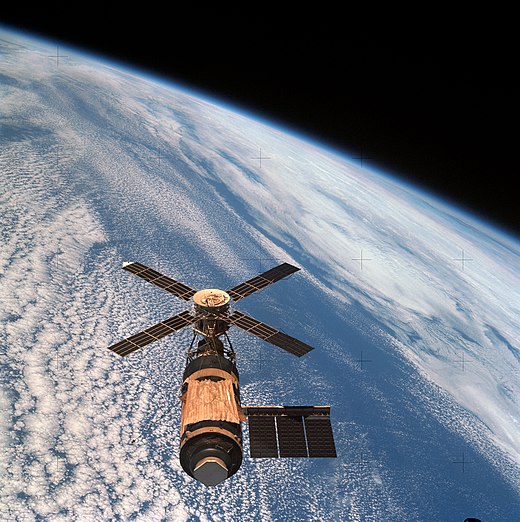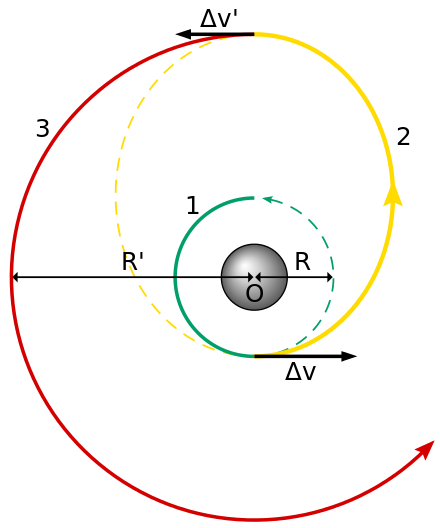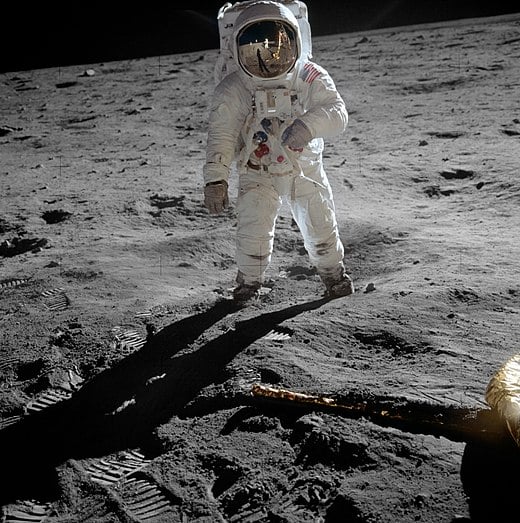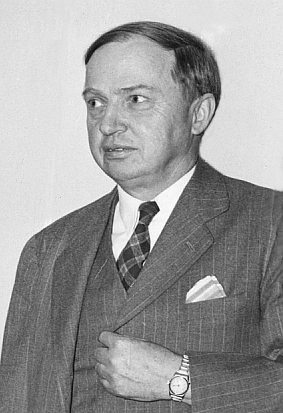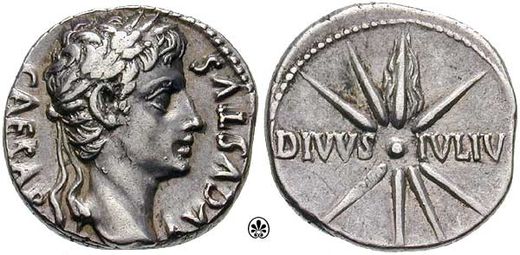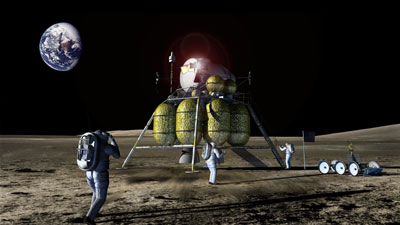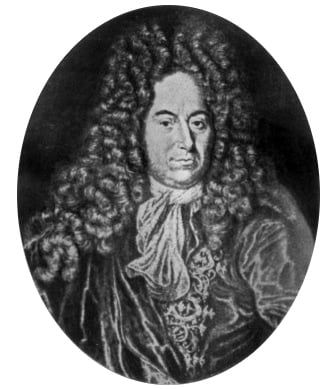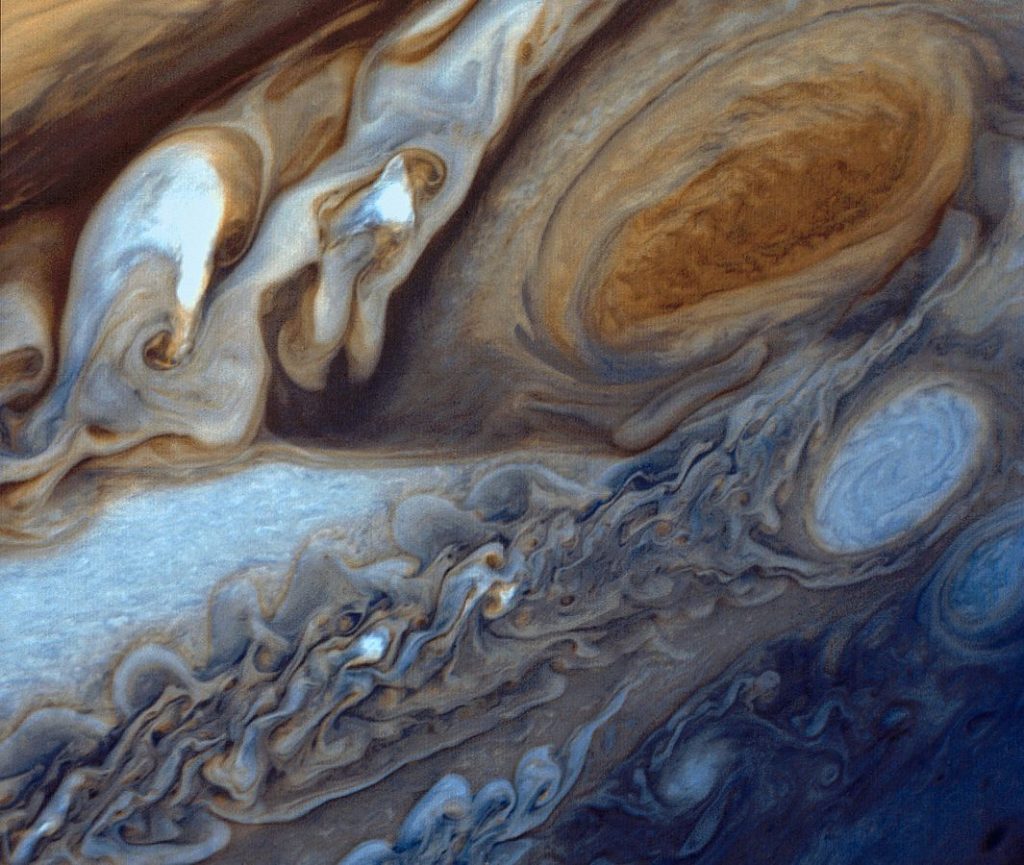When the replacement crew for Skylab entered the empty space station, they found that it wasn’t empty at all: 3 figures were inside. Upon further inspection, the replacement crew found out that these were dummies placed in flight suits by the previous Skylab crew before they left.
Skylab 4 Skylab 4 (also SL-4 and SLM-3) was the third crewed Skylab mission and placed the third and final crew aboard the first American space station. The mission started on November 16, 1973 with the launch of three astronauts on an Apollo command and service module on a Saturn IB rocket from the Kennedy […]
